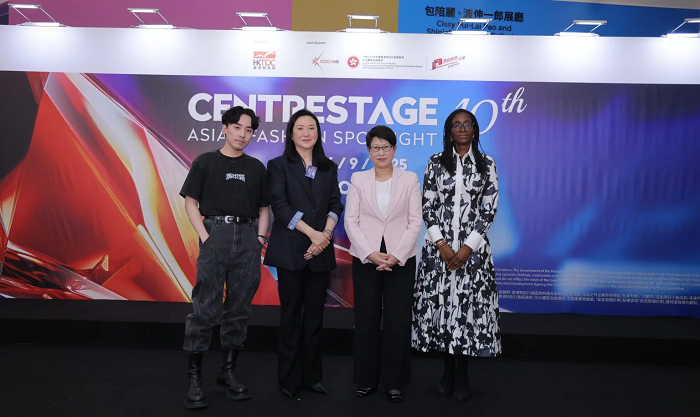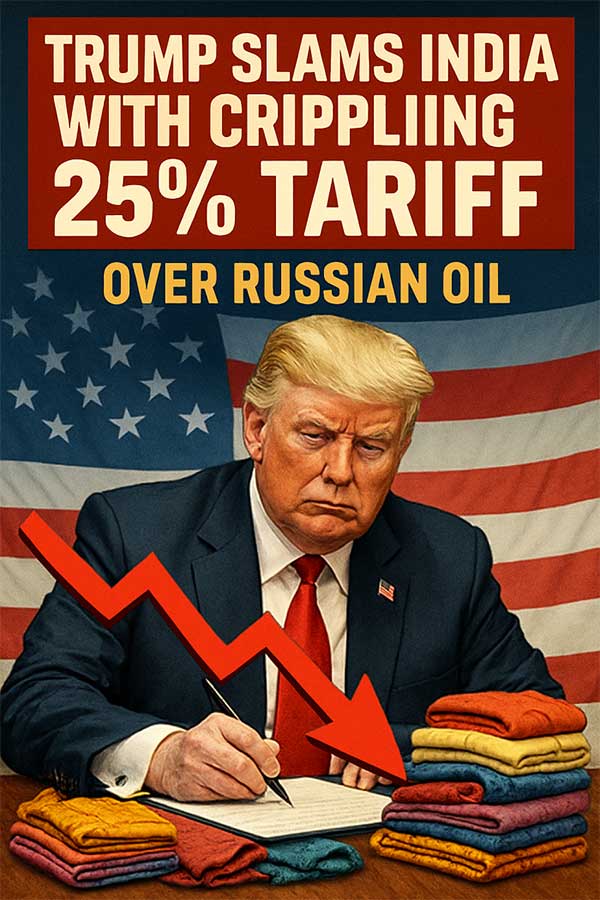The Philippines has taken the final step towards implementing the Regional Comprehensive Economic Partnership (RCEP) agreement, which will be effective from June 2, 2023.
The RCEP agreement covers a vast range of goods and services, including textiles and clothing products. The implementation of RCEP is expected to significantly enhance economic ties between the Philippines and China, providing a much-needed boost to the country's economy, which has been impacted by the COVID-19 pandemic.
The textile and garment industry is expected to benefit significantly from the RCEP agreement between the Philippines and China. China is the Philippines' largest supplier of textiles and garments, with the Philippines importing over US$1 billion worth of textiles and garments from China in 2019.
Under the RCEP agreement, tariffs on textile and clothing products are expected to gradually decrease to zero from their present rate of 3% to 30%. This reduction in tariffs is anticipated to benefit the Philippine textile and garment industry, which contributed around 5.8% to the country's GDP in 2020.
The Philippine textile and garment industry is primarily export-oriented, with the majority of its exports going to the United States and Europe. However, China is also an important market for Philippine textiles and garments, accounting for around 5% of the country's total textile and garment exports. The reduction in tariffs under the RCEP agreement is expected to increase the competitiveness of Philippine textiles and garments in the Chinese market, potentially leading to increased exports to China.
In 2020, the Philippine Statistics Authority reported that the country's textile and garment exports declined by 18.4% due to the COVID-19 pandemic. However, with the implementation of the RCEP agreement and the gradual reduction of tariffs, the industry is expected to recover and see growth in the coming years.
The RCEP agreement is considered a significant step towards regional economic integration, with the 15 participating countries accounting for approximately 30% of the world's GDP and population.












